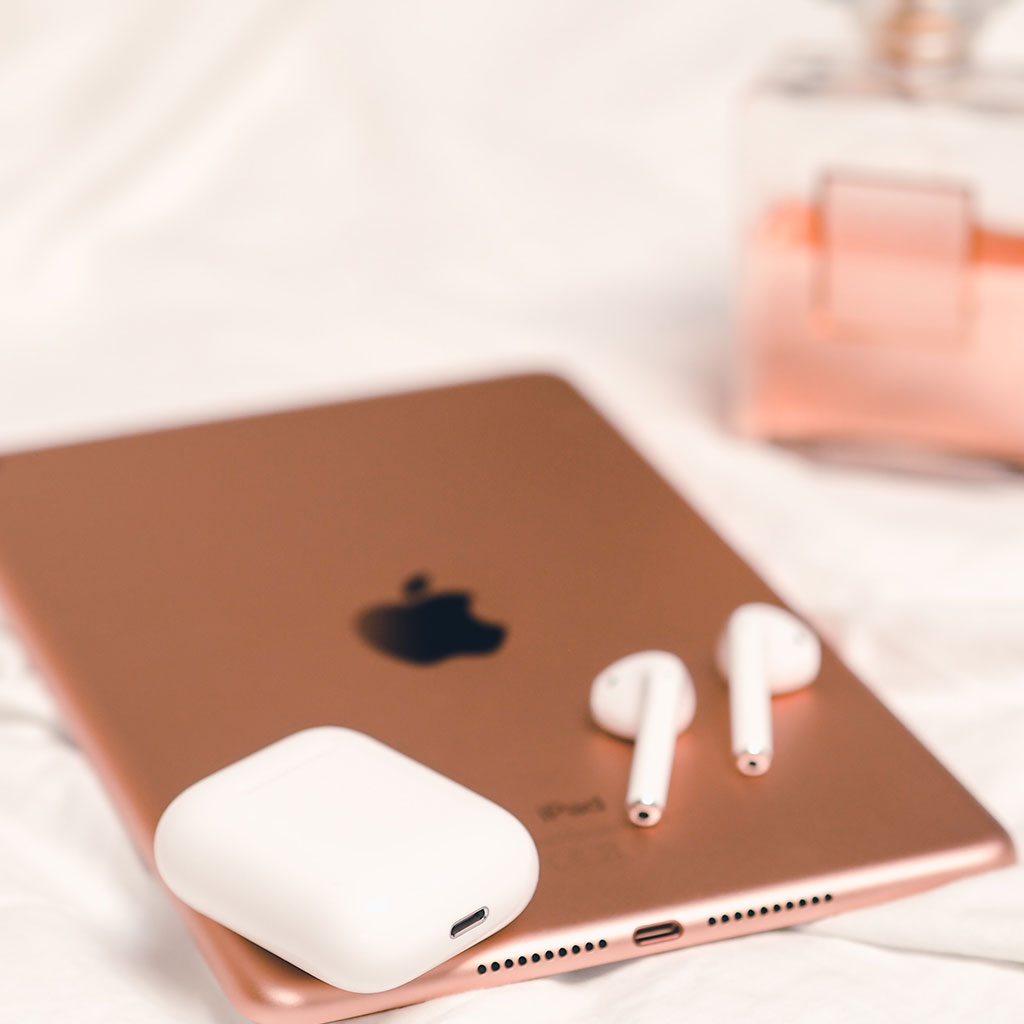Why is there no flashlight on my iPad?
Why is there no flashlight on my iPad?
Understanding the absence of a built-in flashlight feature on iPads can be perplexing for users expecting this utility commonly found on iPhones. Delving into the reasons behind this omission and exploring alternative methods for lighting on iPads is essential for users seeking such functionality.
Discover the iPad’s hidden secret: no flashlight included!
The absence of a built-in flashlight on iPads can be attributed to several reasons:
- Hardware Constraints: Unlike iPhones, which have a built-in LED flash located on the back, iPads lack this dedicated hardware component. The LED flash on iPhones serves a dual purpose as a camera flash and a flashlight. Due to the larger size and design differences of iPads, integrating a similar LED flash for flashlight functionality might not have been deemed essential during the design process.
- Utility Differences: Apple might have considered the primary usage scenarios for iPads, which are often more focused on productivity, content creation, and larger screen experiences. The absence of a dedicated flashlight feature might reflect the intended use case for iPads, where it’s typically used in more controlled, well-lit environments compared to the on-the-go nature of smartphones like iPhones.
Despite the lack of a built-in flashlight feature on iPads, users can still access similar functionality using alternative methods:
- Control Center’s “Flashlight” Toggle: While iPads do not have a physical LED flash, they offer a software-based flashlight toggle in the Control Center. Access the Control Center by swiping down from the top right corner of the screen (or swiping up from the bottom on earlier iPad models) and tap the flashlight icon. This activates the screen’s brightness to its maximum, serving as an emergency light source.
- Third-Party Apps: Various third-party apps available on the App Store offer flashlight functionalities by using the screen’s brightness at its maximum intensity to illuminate surroundings. These apps utilize the screen as a source of light, albeit not as focused or powerful as a dedicated LED flash.
- Accessories: External accessories, such as clip-on lights or LED attachments that connect to the iPad’s charging port or headphone jack, can provide additional illumination, functioning similarly to a flashlight.
While iPads lack a dedicated hardware-based flashlight feature, these alternative methods can help users achieve similar lighting effects in situations where additional light is needed.
What influenced Apple’s decision to not include a flashlight on iPads?
Apple’s design philosophy often revolves around simplicity, functionality, and optimizing user experience. The decision not to include a dedicated flashlight on iPads might stem from a balance between device functionality, user habits, and design principles. Unlike iPhones, iPads are typically associated with productivity, content creation, and larger screen experiences rather than the portability and quick access characteristic of smartphones. Apple’s design considerations might have prioritized features that align more closely with the daily life and usage patterns associated with iPads. Additionally, the exclusion of a dedicated flashlight might have been influenced by Apple’s commitment to preserving battery life. Implementing a built-in flashlight could potentially drain the battery faster, and since iPads often serve longer periods of use and are less frequently used in low-light conditions, prioritizing battery longevity might have influenced this design choice.
Furthermore, Apple has provided alternative methods for lighting on iPads, such as using the screen’s brightness at its maximum intensity through Control Center settings or utilizing third-party flashlight apps available on the App Store. These alternatives, although not as instantaneous as a dedicated flashlight option, offer illumination in situations where additional light is required without compromising the device’s design or battery life. The design focus might have been on providing solutions that align with the daily life and usage habits of iPad users while maintaining a bright screen suitable for various productivity and entertainment purposes.





You must be logged in to post a comment.